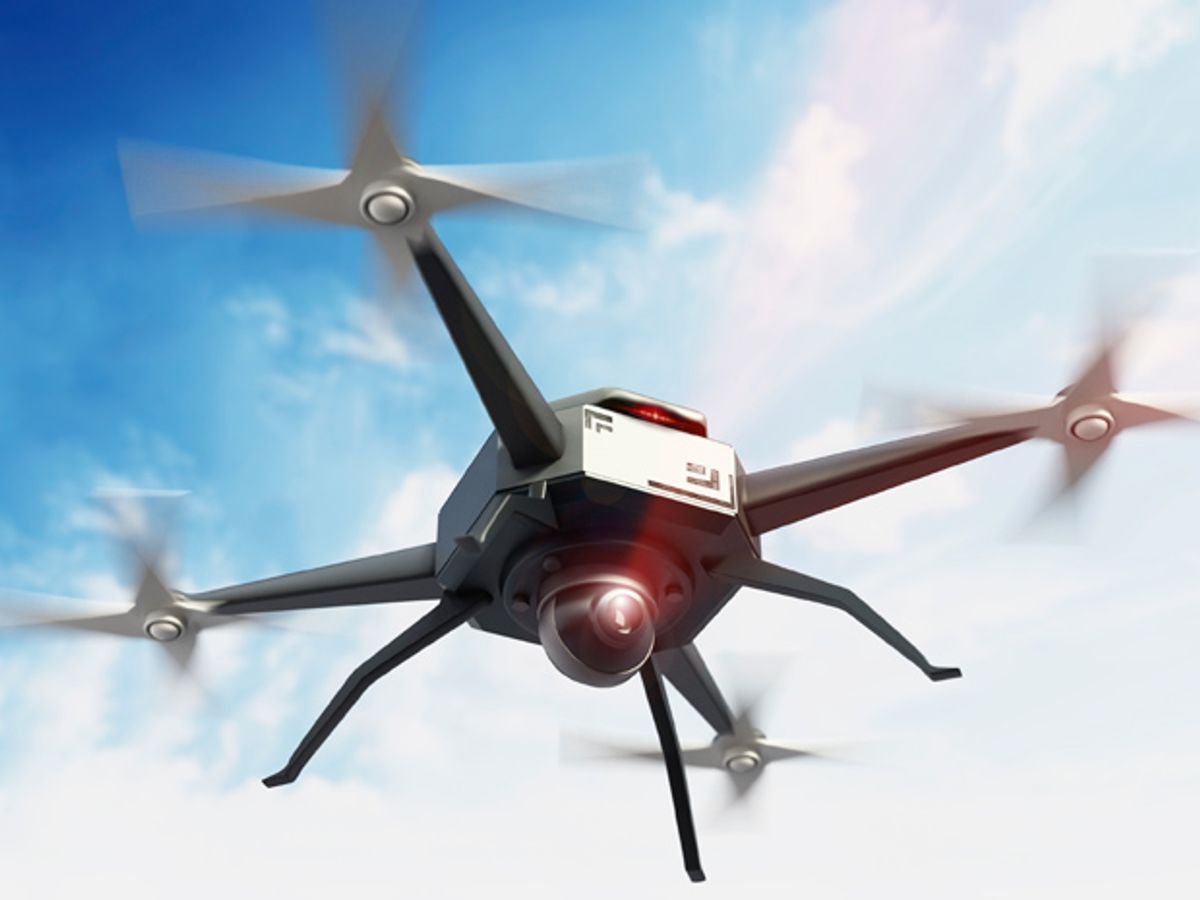In January, I wrote about a study from the failure-analysis company Exponent that examined the threat very small drones—ones of just a kilogram or two—could pose to aircraft if there were a collision. That study did so by looking at the kinds of damage done by birds of similar mass.
Some of the people who read that post responded that it glossed over the differences in composition between drones and birds, suggesting that drones, with their many metal parts and lithium-ion batteries, would be inherently more damaging. That seemed a fair critique to me, so I contacted George Morse, an expert on foreign-object damage to aircraft, to get his opinion.
Morse’s company, Failure Analysis Service Technology, based in Prescott, Ariz., specializes in the analysis of aviation mishaps, foreign-object damage in particular. Morse himself has done more than 4000 engine investigations, most the result of ingestion of nuts or bolts or other runway detritus rather than birds. So he’s probably in as good a position as anyone to suggest what the results might be if an aircraft were to collide with a small drone weighing a kilogram or two.
Morse stresses that there are two very different kinds of threat, depending on whether the object hits the airframe or, in the case of jet airliner, goes into one of its turbofan engines.
In a collision with the airframe, the danger scales with the relative velocity of the two objects, because the amount of kinetic energy released on collision is proportional to the square of that velocity. But for a turbo engine, Morse says “it’s an entirely different scenario.” In this case, the relative speed of the colliding objects doesn’t matter so much. What’s key is the power level the engine is running at, because that controls how fast the fan blades are spinning, which in turn controls the speed at which the blade hits the incoming object.
To demonstrate the difference that power level makes, Morse recounted what happened to an MD11 passenger jet taking off from Portland International in 2001. Ingestion of a herring gull into one of its engines caused the take off to be aborted. Such a bird only weighs about a kilogram, but the engine was running at full power, causing a fan blade to break, which in turn “cut the cowling like a can opener,” says Morse. On the other hand, Morse reports, a flight making a landing into Orlando ingested a 70-ounce [2-kilogram] bird into an engine, which suffered only minor damage because the engine was at a low-power setting.
If a really tiny drone were to go into a turbofan engine, explains Morse, it might slip between the fan blades and do little damage. But a typical drone of the size we are discussing, several tens of centimeters across, is too big for that to happen. “In that case, it’s going to be more like a bird strike,” says Morse.
The drone will hit the leading edge of the fan blades and would probably break up into small pieces. The fan blade itself is not likely to break, in Morse’s view. “There’s a good chance it’ll take the engine out at high power,” says Morse, but not necessarily. “It’s absolutely amazing how they will still run.” In one sense, small drones appear to be less threatening than birds because drones don’t fly in flocks, so the chance of crippling multiple engines in one incident is much more remote.
But what about the lithium-ion batteries that these little drones carry? Aren’t they hard enough to create real problems for a turbofan engine? “Ice can be hard, too,” says Morse. And as for the worry about the volatile material from a battery ending up in the combustion chamber: “The engine will probably burn it up.”
In all, this expert was surprisingly calm about the possible consequences should a 1- or 2-kilogram drone strike a turbofan engine. Perhaps that’s what comes of looking at thousands of engines damaged by debris left on the runway or parts of a plane that break up in flight. Still, Morse emphasizes that when an engine ingests any foreign object, the cost of inspection and repair can be considerable, even if the mishap does not put people’s lives in peril.
“I’d be more concerned about hitting the windscreen,” says Morse. And the dangers involved with that, while considerable, hinge on the speed of collision and the mass of the object rather than its composition. Which is all to say, Exponent’s analysis of the dangers drones of this size pose should one strike an aircraft still appears reasonable enough.
If only the folks at MythBusters would build a big gun and shoot a few small drones into some multi-million dollar turbofan engines, we could find out for sure.
David Schneider is a senior editor at IEEE Spectrum. His beat focuses on computing, and he contributes frequently to Spectrum's Hands On column. He holds a bachelor's degree in geology from Yale, a master's in engineering from UC Berkeley, and a doctorate in geology from Columbia.



